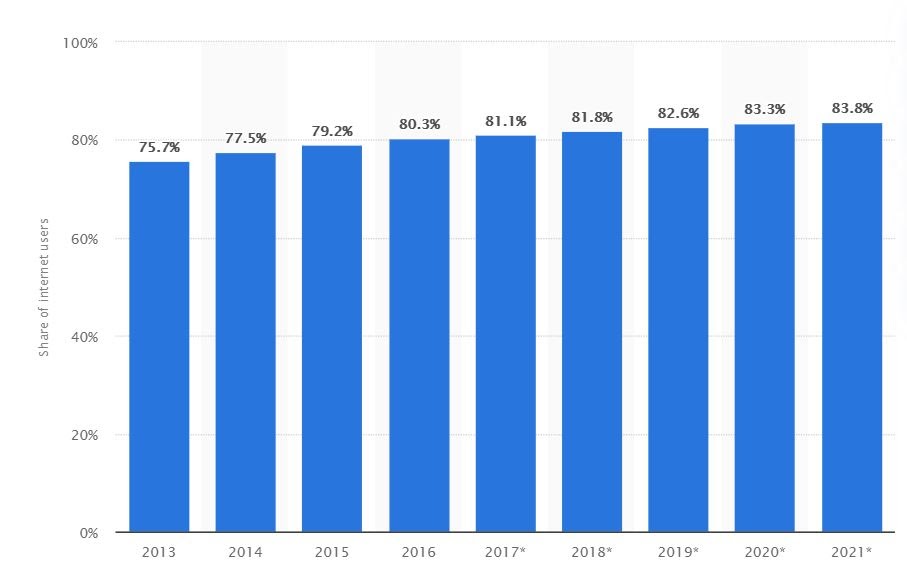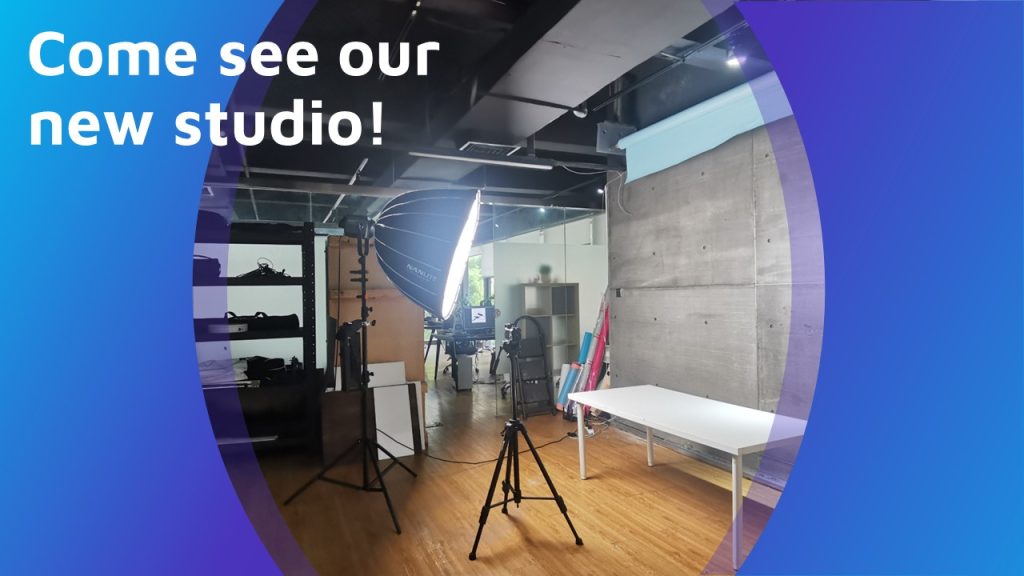Everywhere you go looking for information about making product videos you end up overwhelmed with loads of information and big words that add confusion rather than helping you get it done.
And yet, making product videos is not as complicated as it may seem. It may be complex, depending on the product and the outcome you are looking for.
So instead of spraying all that information out, at Content2Sell we thought it’d be better to start with the basics so everyone can better understand what it takes to make good product videos.
First off, why you should use video
Product video is the good-old “Show and tell”. The fusion of art, function, and support.
- It’s the most used marketing type of content since 2015
- It increases significantly purchase likeliness
- The preferred type of content, especially by Millennials and GenZ.
- Allows deeper research and information: tutorials, reviews, unboxing,…
Here’s a few stats to back this up:
- 54% of consumers want to see videos from brands or businesses they support (Hubspot)
- Message retention is 95% when watched on video, vs. 10% when read (Insivia)
- 73% of visitors who watch a product video are more likely to make a purchase (Hubspot).
- Videos are shared up to 12 times more than images and text combined (Wyzowl)

Benefits of using videos to market your products
- They build trust and a positive impression
- Giving your audience deeper knowledge and quality information about your product
- Brand and product awareness
- Getting noticed on Social Media
- They stimulate user-generated content – more promotion for you!
How to make product videos
Before rolling your sleeves up, your goals and purposes must be clear. And to do that, you must have a clear answer to basic questions.
What type of video do you actually need?
There’s a type of video and specific requirements for every product, platform, and stage of your business. And to best accomplish its objectives the purpose must be crystal clear.
Product explainer videos
Product explainers are used to explain what a product does and how it solves a need in a given context. They provide a relatable story, which is more likely to convince audiences.
Promotional videos
Promotional videos are used to show products in action and highlight what makes them useful and desirable.
- Mostly used for Crowdfunding platforms and Ads
- Strong focus on USPs – Again, what makes your product special?
- Surroundings matter. Plan them well!
- Ideal length: 15 – 60 sec
Tutorial Videos
Like product explainer videos, tutorial videos are educational and provide step-by-step instructions. The main difference is tutorial videos focus on a specific function rather than showing the ensemble of functions.
- Make one video per feature or action, and explain it step by step
- Show the functions of every part of your product
- You can divide it into separate actions, or in-depth product shows.
Short videos
A growing trend among e-commerce brands. Short videos are educational and single-purposed for now, but the rise of social commerce is expanding their potential: being shared and selling within the same platform. Something to keep an eye on.
- Mostly used on Sales / Education and social media promotion.
- Ideal length: Ideally 20 seconds for products, never more than 1 minute.
What context best matches the need for your product?
There is an ideal context for every specific message. And your goal here is to make your viewers relate to the problem your product solves. When in doubt, you can go for:
- What problems does your product solve?
- When and where does that problem appear?
Be yourself and tell your story
While everyone likes to learn and discover technical specs when searching for a product, it’s important to talk about your brand, its story, its values, and what took you to solve a specific need.
Understanding your audience, what they care for, and what they expect will trigger more and better interactions.
A clear CTA and the Fear of Missing Out
When it comes to promoting products, these are absolutely necessary. FOMO is a widely used resource yet, of course, it should be subtle on tutorial videos – when your viewers already have your product.
It may sound obvious, but never forget:
- Mentioning the risks of NOT buying your product or not using such function.
- Calls to Action are what tell people what to do, be it going to your website, shopping your product, or sharing your video.
Shooting product video
Equipment may be an advantage, although it is not what will define if your video is watched or not. With a (good) phone camera, and basic investment like a tripod and a studio background you can get amazing results – of course, depending on your goals.
Basic equipment
- A tripod will give your camera the stability it needs and will eliminate vibration. But depending on your camera, the shooting position, and the type of video you aim at, proper hold and support may need specific features: extendible legs, more weight, a tilted head,…
- A spinning platform gives 360º views of a product. Some are electric, while others require gentle, manual spin.
- Reflectors are usually placed opposite to the light source and face to the product, to eliminate shadows and ensure light is evenly distributed from all angles.
- Diffusers. Some surfaces, especially metallic or shiny ones, can reflect too much light and affect the result of your video. Diffusers are placed between the light source and the product. They help to keep consistent lighting and reduce contrast by blocking some of the rays of light.
Shooting tips
- Start with a script and put what you want to say in order.
- Keep your background simple (preferably white) so it doesn’t outshine your product.
- Shooting with people is risky, as it will make things more complicated in terms of lighting, shadows, or movement.
- Avoid direct sunlight when shooting outdoors
- Stay close to windows when shooting indoors.
- Don’t be afraid to be creative! You can make your own low-budget diffusers and reflectors. Even if they are not comparable to professional ones, aluminum foil or baking paper glued on a piece cardboard can do a pretty decent job in dimming and balancing light.
Making product videos gives infinite creative freedom, but it is best to narrow options down and keep it simple. Especially when your equipment is limited or simply, not professional. Many phones have incredible cameras you can save money with. But making product videos takes time in trial and error, and edition time that many companies lack.
And this is when Content2Sell comes into action.
Do you need effective videos for your product?
Just schedule a call with us and get your content audited for FREE. We’ll happy to help.



